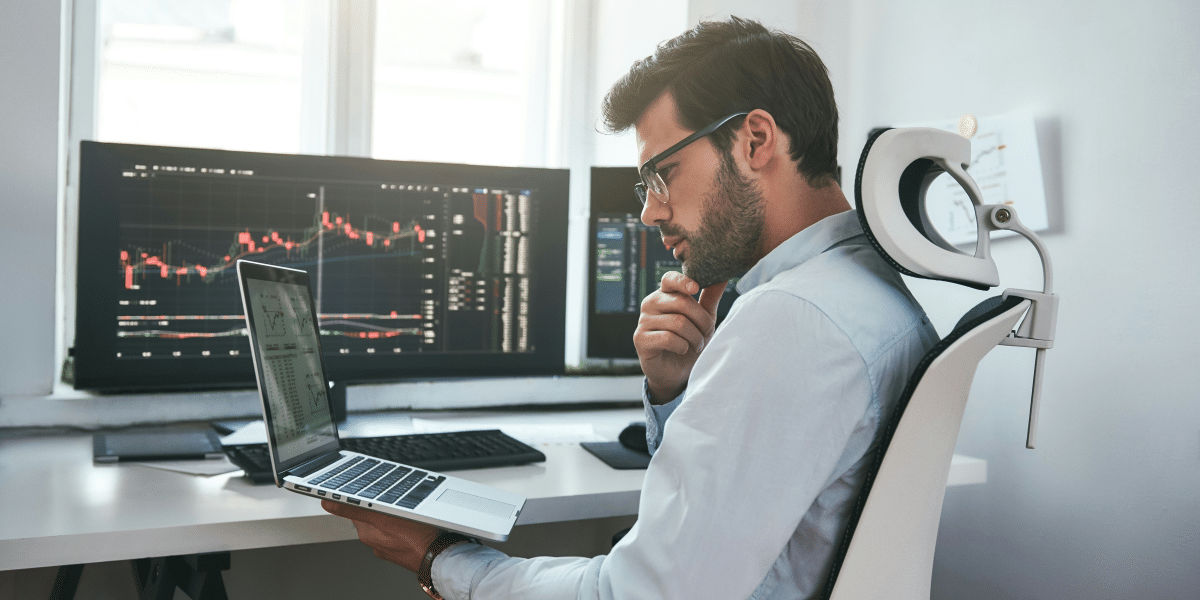The Intersection of Psychology and Economics
Hey there, curious minds and decision-makers! Let’s delve into the fascinating world of behavioral economics and uncover the secrets behind human decision-making. From the quirks of the human mind to the biases that influence our choices, understanding the principles of behavioral economics can shed light on why we do the things we do and how we can make better decisions. So buckle up as we embark on a journey into the inner workings of the human brain!
Behavioral economics sits at the intersection of psychology and economics, blending insights from both disciplines to study how people make decisions in the real world. Unlike traditional economics, which assumes that people are rational actors who always make decisions in their best interest, behavioral economics recognizes that humans are complex creatures with emotions, biases, and cognitive limitations that can influence their choices.
Biases and Heuristics
One of the key concepts in behavioral economics is the idea of biases and heuristics – mental shortcuts that our brains use to make decisions quickly and efficiently. These biases can lead us astray, causing us to make irrational decisions that go against our best interests. For example, the availability bias leads us to overestimate the likelihood of events that are easily recalled from memory, while the anchoring bias causes us to rely too heavily on the first piece of information we receive when making decisions.
But it’s not all bad news – behavioral economics also offers insights into how we can nudge people toward making better decisions. By understanding the cognitive biases that influence our behavior, policymakers and organizations can design interventions that encourage people to make healthier, wealthier, and happier choices. Whether it’s changing the default option on a form or providing timely feedback on energy usage, nudges can help steer people in the right direction without restricting their freedom of choice.
Framing and Perception
Another important concept in behavioral economics is framing – the way in which information is presented can influence how we perceive and evaluate options. For example, presenting a product as “90% fat-free” is more appealing than presenting it as “10% fat,” even though they mean the same thing. By carefully framing choices, marketers and policymakers can influence our decisions in subtle but powerful ways.
Finally, behavioral economics sheds light on the self-control problems that plague many of us when it comes to saving, spending, and sticking to long-term goals. From procrastination and impulsivity to present bias and hyperbolic discounting, our brains are wired to prioritize short-term rewards over long-term benefits. By understanding these tendencies, we can develop strategies to overcome self-control problems and achieve our goals, whether it’s saving for retirement, sticking to a diet, or quitting smoking.
Behavioral economics offers valuable insights into the complex and often irrational nature of human decision-making. By understanding the biases, heuristics, and cognitive limitations that influence our choices, we can make better decisions and improve our lives in meaningful ways. Whether it’s designing policies that encourage healthier behaviors or developing strategies to overcome self-control problems, behavioral economics has the power to transform the way we think about decision-making and empower us to live happier, more fulfilling lives. So the next time you find yourself facing a tough choice, remember to think like a behavioral economist – your brain will thank you!









